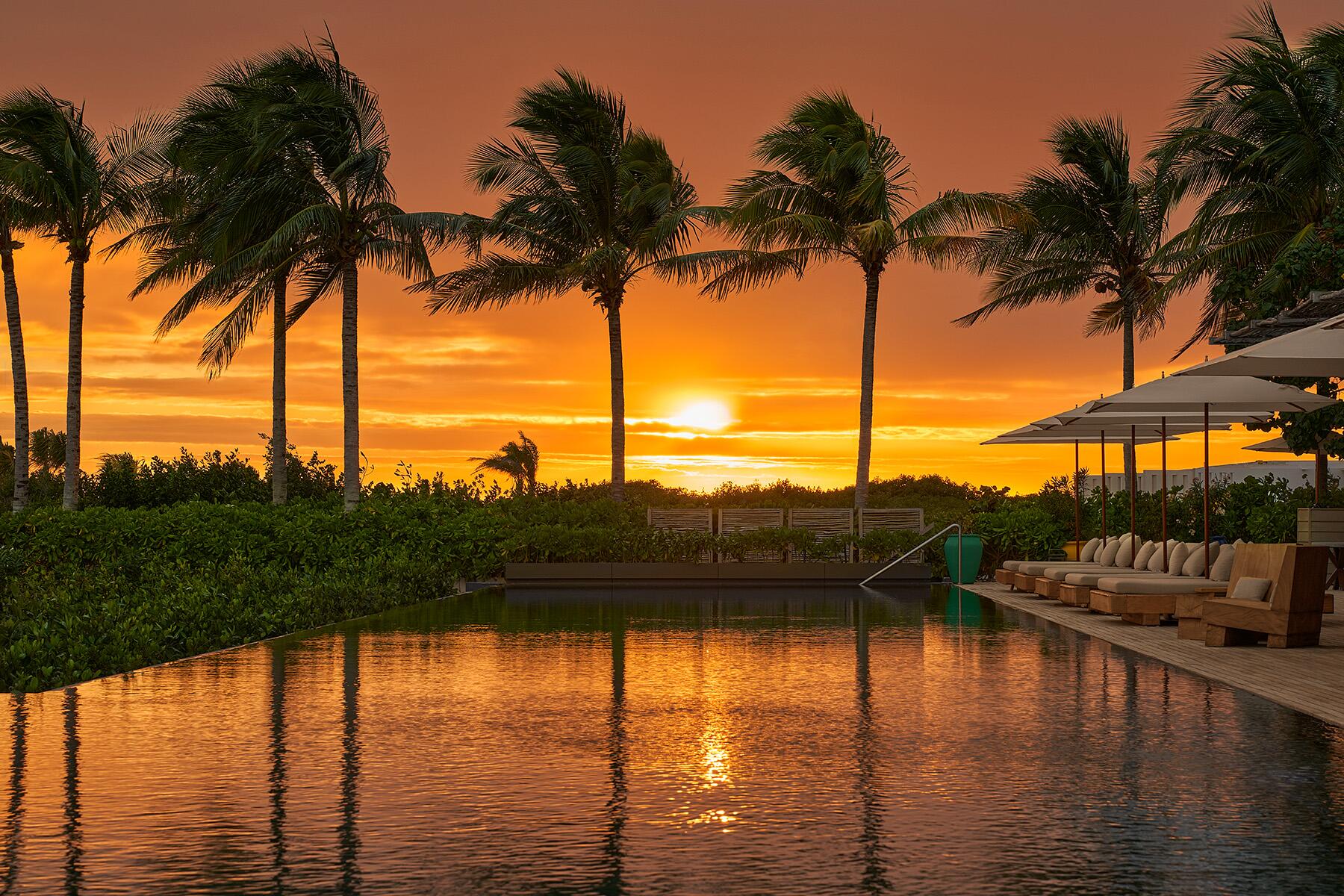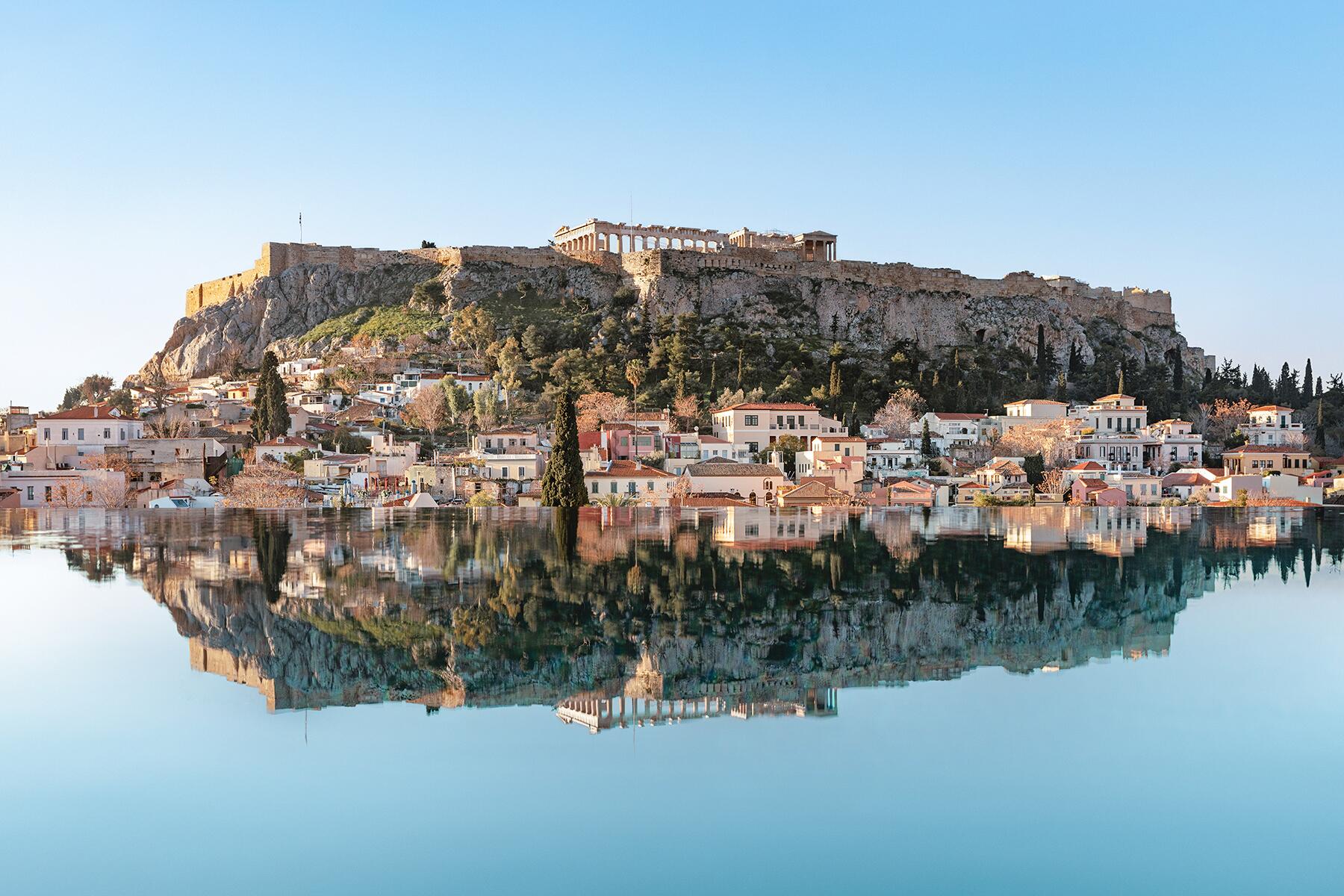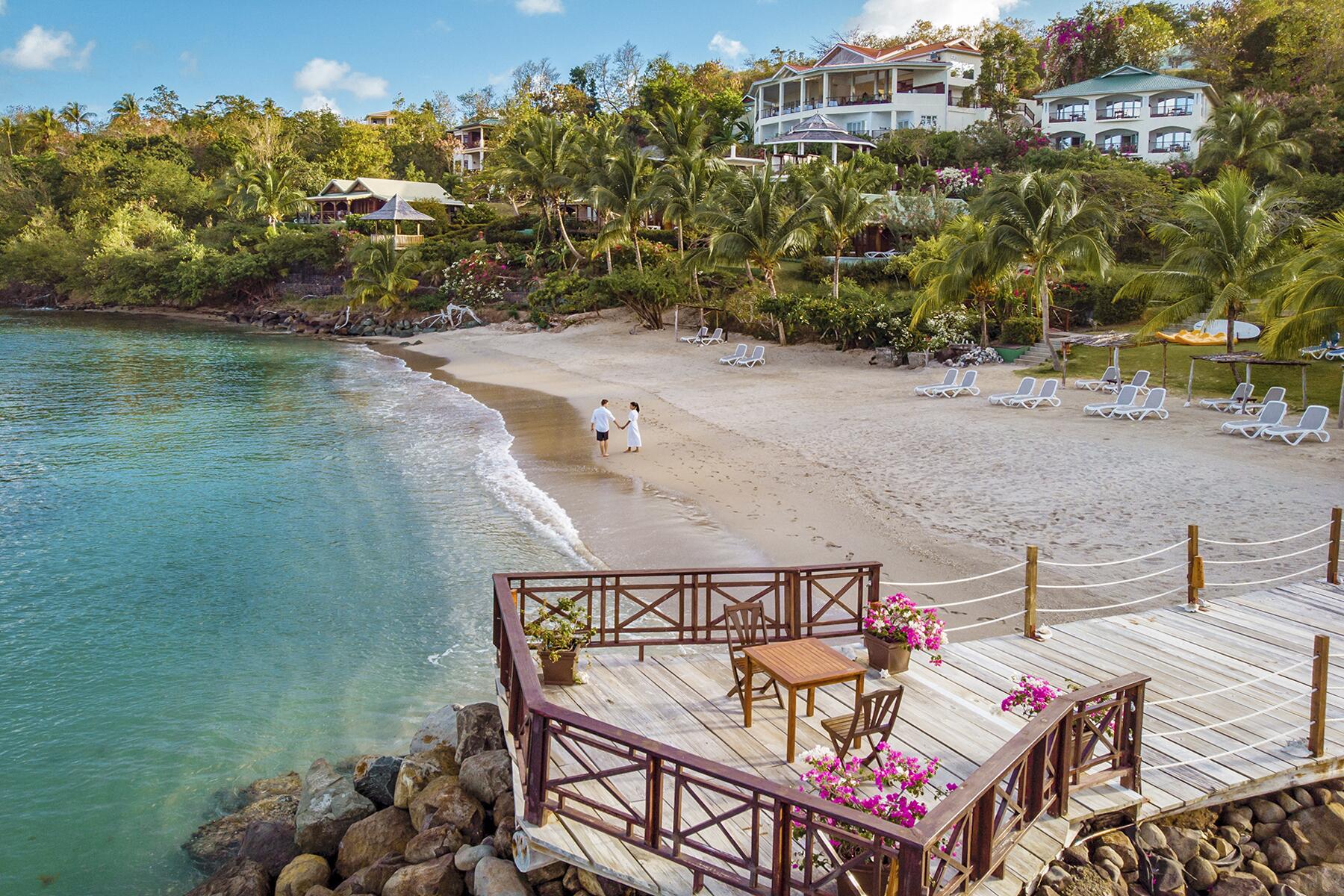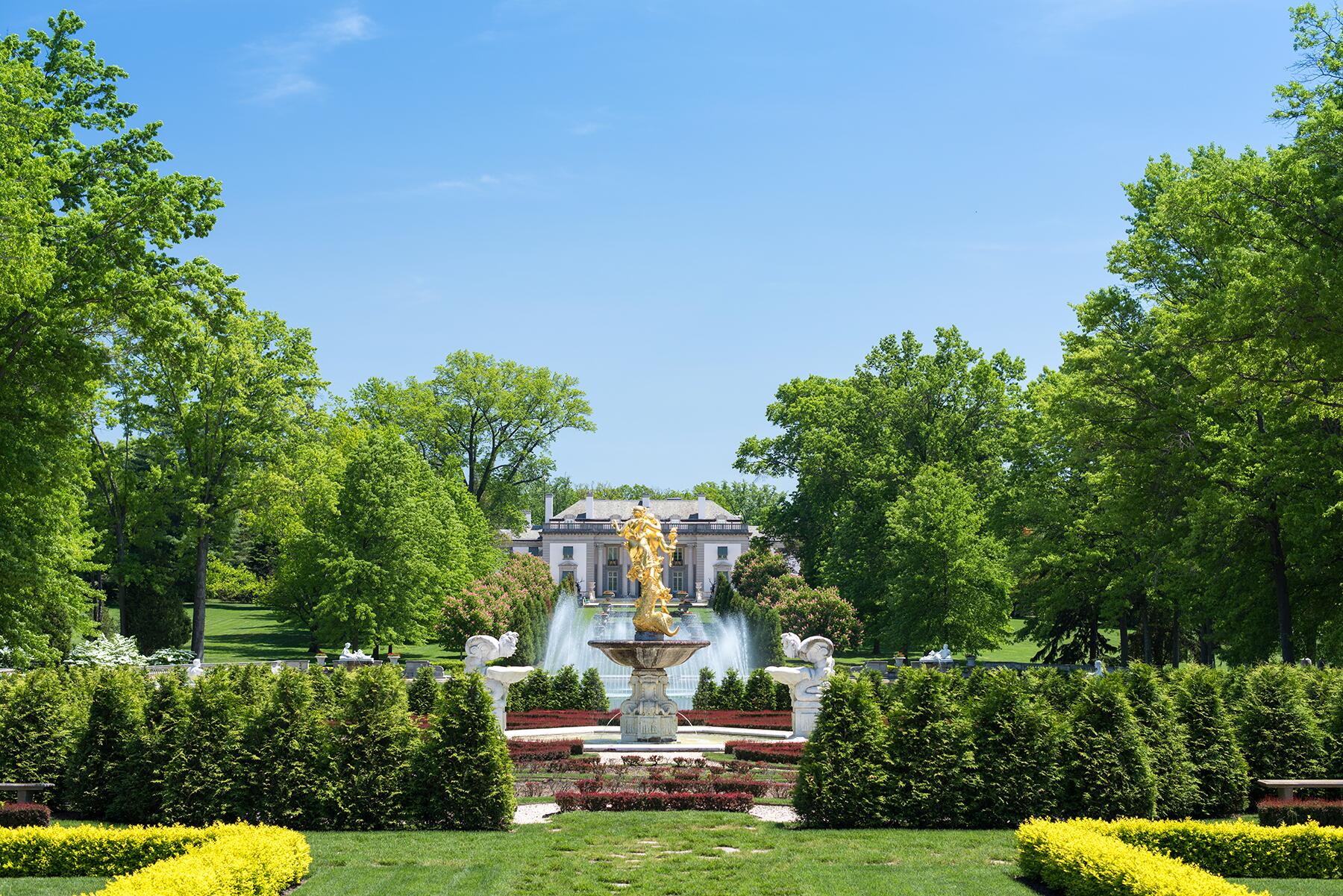You don’t have to be a Rockefeller to experience the most lavish Gilded Age mansions.
It’s been over 120 years since the end of the Gilded Age and America hasn’t matched that period in luxury and grandeur since. Though the Great Depression evened much of the inequity that occurred during the period, many of the former homes and hotels that served as a playground for the nation’s 1% are still around with their architecture and furnishings carefully preserved.
San Jose
WHERE: California
Often cited for its spooky history, the Winchester Mystery House follows the Gilded Age’s legacy of over-the-top lavishness. The home was built for Sarah Winchester, widow of William Wirt Winchester and heiress to the Winchester Rifle fortune, following the deaths of her husband and child. She purchased an eight-room farmhouse and began renovations in 1886, which would continue until her death in 1922. At the time it cost $5 million to build, which would be $71 million in today’s money.
She believed that continuing work would ward off the bad spirits that had plagued her for years, so the home has 160 rooms, 13 bathrooms, and 6 kitchens. It also includes doors that open to a large drop and stairs that go nowhere. Because of the eerie nature of the features, the home that she called Llanada Villa is reported to be haunted. The Victorian home became a museum in 1923 and has welcomed guests for tours ever since.
Wilmington
WHERE: Delaware
The du Pont family immigrated to the Brandywine Valley of Delaware following the French Revolution. They established the E.I. du Pont de Nemours & Company, now known as DuPont, in 1802 to produce gunpowder. In 1909, heir Alfred I. du Pont had Nemours Mansion constructed for his second wife and named the home of his ancestors. It was built with 105 rooms, paintings from the European masters, and gardens styled after Versailles. He moved to Florida with his third wife in 1925 and died there ten years later. Today it serves as a museum, open from May to December, with special holiday tours.
Henry Francis du Pont also had a lavish Wilmington home called Winterthur. It was purchased by his father, Henry Algernon du Pont, from another family member and it sits on 1,000 acres. The younger Henry expanded the home’s gardens as well as rooms. In 1951, the home opened to the public as a museum of the family’s collection of nearly 90,000 pieces of decorative arts and furnishings.
Recommended Fodor’s Video
St. Augustine
WHERE: Florida
Henry Flagler forever changed St. Augustine when he arrived there on his honeymoon. He found that the hotels were not up to his standards, so he asked to purchase the Moorish-inspired Villa Zorayda from millionaire Franklin W. Smith, but he wouldn’t sell. Instead, Flagler opened his own hotels for wintering northerners, buying the Casa Monica Hotel from Smith and then opening the Hotel Alcazar and the Ponce de Leon Hotel. To get guests there, he created the Florida East Coast Railway for easy access to America’s oldest city.
Villa Zorayda operates as a museum and is still owned by the same family that purchased the collection after Smith’s death. Casa Monica Hotel still operates as a hotel. Hotel Alcazar is now the Lightner Museum, with art from the 19th century, and the Ponce de Leon Hotel is now part of the campus of Flagler College, which provides student-led tours of the Spanish Renaissance-architecture to visitors.
Palm Beach
WHERE: Florida
After leaving his mark on St. Augustine, Flagler went on to Palm Beach, where he continued the railroad through miles of swamp. He founded West Palm Beach in 1898 as a company town for his new resort, the 1,000-plus-room Royal Poinciana Hotel. The Palm Beach Inn followed and was later renamed The Breakers Hotel for the views of the ocean rather than the lagoon. The Breakers Hotel still stands, despite two fires, and sits on 140 acres.
In 1902, Flagler gave his third wife Whitehall–a 75-room, 60,000-square-foot winter estate–for their wedding present. The Neoclassical Beaux-Arts structure was designed by Carrère and Hastings, the team responsible for many Gilded Age structures like Flagler’s Ponce de Leon Hotel. Flagler lived here until his death when he fell down the home’s marble stairs. Descendants saved the home from demolition in 1959 and opened it as a museum.
INSIDER TIPLooking for a glimpse into the luxury without the price tag? Book a spa treatment, a round of golf, or dinner at one of the onsite restaurants like the aptly named Flagler Steakhouse.
Golden Isles
WHERE: Georgia
The Jekyll Island Club was established in 1886 as an exclusive retreat with a notoriously stringent application process. It quickly became the winter home for the Vanderbilts, Rockefellers, and Carnegies, earning it the nickname “The Millionaire’s Club.” The Federal Reserve Bank system was created here in 1910 and it was where the first transatlantic phone call was made. After closing in the years following the Great Depression, it fell into disrepair but reopened fully restored in 1986. Today, the Jekyll Island Club Resort includes the original inn, guest cottages, and a modern beachfront hotel. They offer tours of the hotel and the historic district homes including the Indian Mound Cottage, owned by the Rockefellers.
Up for adventure? Cumberland Island to the south is a national seashore that was previously owned almost entirely by the Carnegies. Some still live there. Explore the Dungeness ruins, tour Plum Orchard, and admire the wild horses.
Chicago
WHERE: Illinois
Many of Chicago’s grandest homes have been lost to time, but one in particular remains. Banker Samuel Nickerson and his wife Matilda moved to the Windy City in 1858 into a house later destroyed by the Great Chicago Fire of 1871. A few years later, they commissioned the firm Burling and Whitehouse to build a fireproof house, completed in 1883 at a cost of $450,000. It was one of the most opulent residences in Chicago at the time with an incredible art collection later donated to the Art Institute of Chicago. In 1900, the couple moved away and sold the home to paper magnate Lucius George Fisher and his family. They renovated the home, adding Art Nouveau touches like the stained glass atrium.
The house passed into a number of hands after Fisher’s death but in 2008, it became the Driehaus Museum, named for local businessman Richard H. Driehaus. The collection includes some of the most significant pieces from Louis Comfort Tiffany and spaces like the front parlor, restored to the Nickersons’ time.
INSIDER TIPPrairie Avenue Historic District was home to “Millionaire’s Row,” where many of these Gilded Age homes were located like the Glessner House, which is still open to tours.
The Berkshires
WHERE: Massachusetts
The term “Gilded Age” may have been coined by writer Mark Twain in his book of the same name, but it was writer Edith Wharton that lived the high society experience. The Mount was her English manor-style home, built in 1902. She and her husband left in 1911 and the home later became a museum. Its sprawling gardens are the site of weddings, concerts, and lectures.
But hers wasn’t the only of the “Berkshire Cottages” still standing. Naumkeag was the home of a New York businessman and is now a museum. Ventford Hall Mansion was built for George and Sarah Morgan but later rented to Margaret Vanderbilt. Today it is home to the Gilded Age Museum.
Blantyre, Wheatleigh, Eastover, and Cranwell Resort continue as resorts. Bellefontaine was the home of businessman Giraud Foster and is now part of the property of Canyon Ranch, a luxury health resort. Elm Court has been purchased and will soon reopen under the Travaasa Resorts umbrella.
Florham Park
WHERE: New Jersey
Built in the 1890s for Florence Adele Vanderbilt, granddaughter of Cornelius, and husband Hamilton McKown Twombly, Florham was and remains the tenth-largest home in the United States. They hired Gilded Age firm McKim Mead and White to create the design, inspired by Hampton Court. Frederick Law Olmsted served as the landscape architect and over 600 people were brought in to work on the home, including Italian immigrants that established the area’s Italian community.
Vanderbilt continued living in the home after Twombly’s death and it was sold after her death. The estate was broken up into pieces but the mansion and gardens were purchased by Fairleigh Dickinson University in 1957 as a part of their expanding campus. They have taken on the preservation work and visitors can go on an audio tour to learn about the mansion’s history.
Hudson Valley
WHERE: New York
Many of the rich and famous from New York City also had estates in Upstate. The 54-room Vanderbilt Mansion National Historic Site is one of the most well-known, inhabited by Frederick William Vanderbilt. John Jacob Astor owned the land for a time before their purchase. It was designated as a national landmark in 1940.
In Sleepy Hollow, oil baron John D. Rockefeller established Kykuit, a 40-room mansion, in the late 1800s. The home remained in his family until 1979 and members of the Rockefeller family still live in properties within the grounds. They offer guided tours of the home’s rooms, galleries, and grounds from May to November.
Built in the 1800s, Staatsburgh State Historic Site, also known as Mills Mansion, is a Greek Revival home inhabited by Ogden and Ruth Livingston Mills. It was furnished with the finest oriental rugs and European antiques. The home was donated to the state in 1938. It now operates as a museum, operating tours from mid-April to October, seasonally through the holidays, and the rest of the year by appointment.
New York City
WHERE: New York
Many of the luxury Gilded Age homes in New York City got lost to time or were turned into apartments, but some remain as museums. The Andrew Carnegie Mansion was built between 1899 and 1902 in the Georgian style with over 60 rooms. Today it’s the home of the Cooper Hewitt Museum, a Smithsonian Institution specializing in historic and contemporary design objects. It moved to this location in 1970.
J.P. Morgan built his private library in 1906 to house his rare manuscripts, drawings, and books close to his Madison Avenue brownstone. The Morgan Library & Museum is now open to the public.
The Plaza Hotel opened in 1907 to replace a previous version and has remained the center of the city’s social elite for generations. It’s hosted a live recording of the music of Miles Davis, Truman Capote’s Black and White Ball, and was featured in The Great Gatsby.
Asheville
WHERE: North Carolina
George Washington Vanderbilt II visited then-sleepy Asheville often before building a summer home there called Biltmore Estate. The 178,926-square-foot mansion not only surpassed the homes of his brothers in Newport and Hyde Park, but became the largest privately-owned house in the United States, a title it retains to this day. Construction began in 1889 and Biltmore Village was established as a place for employees of the home to live. The home had electricity installed by Thomas Edison himself and grounds designed by Frederick Law Olmsted. Some land was sold off over the years, but the home itself remains in the family.
Biltmore opened to tours in 1956 and also now has exhibits like Downton Abbey: The Exhibition, which runs through April 2020. The property has multiple restaurants and inns, as well as America’s most-visited winery. The house was also used as a location for the movie Richie Rich, among many others.
Newport
WHERE: Rhode Island
Newport’s Bellevue Avenue Historic District is the site of The Breakers, the grandest of the “summer cottages,” built for Cornelius Vanderbilt II in 1893. The 70-room Italian-inspired palazzo has antique furnishings and fixtures from Europe and was designed by Richard Morris Hunt, who worked on many Vanderbilt homes. The property was passed down to Vanderbilt’s daughter, who leased it to the preservation society for tours. The third floor remained the family’s residence.
William K. Vanderbilt, brother of Cornelius, built his home called Marble House nearby and it cost a modern-day equivalent of over $300 million to construct. Inspired by the Petit Trianon at Versailles, it features Venetian paintings and Baroque furnishings. His wife Alva retained the home after their divorce and it was later turned over to the preservation society.
But it wasn’t just the Vanderbilts that lived lavishly. The Elms was the summer residence of coal magnate Edward Julius Berwind and his wife. Silver heiress Theresa Fair Oelrichs commissioned Rosecliff in 1899, where she threw over-the-top parties with guests like Harry Houdini. Originally built in 1909 as a home for Alfred Gwynne Vanderbilt, the “summer cottage” is now The Vanderbilt, a luxury Auberge Collection hotel. The Newport Restoration Foundation operates the Rough Point Museum, the home of tobacco heiress Doris Duke. The Preservation Society of Newport County runs tours of many other homes, including the Isaac Bell House, Chateau sur Mer, and Kingscote.
Aiken
WHERE: South Carolina
In the late 1800s, wealthy northerners came to South Carolina to create the Aiken Winter Colony where they could board their thoroughbreds and escape yellow fever and other ailments. Among those to visit here were financier William C. Whitney, Titanic survivor and socialite Madeleine Astor, and William Kissam Vanderbilt, brother of Biltmore-owner George. These families set up their “cottages” and took part in horse racing and fox hunts. Polo has been played on the Whitney Field since 1882.
The Willcox Hotel was created in 1900 to service this winter clientele. The luxury property hosted Vanderbilts and Roosevelts before closing in the 1950s. It went through a few owners before being completely restored. The Aiken County Historical Museum is another holdout from this period, set in a Winter Colony cottage called Banksia. It has exhibits from the Gilded Age as well as modern Aiken history. The city also operates Winter Colony and Historic District tours from the Aiken Railroad Depot.




